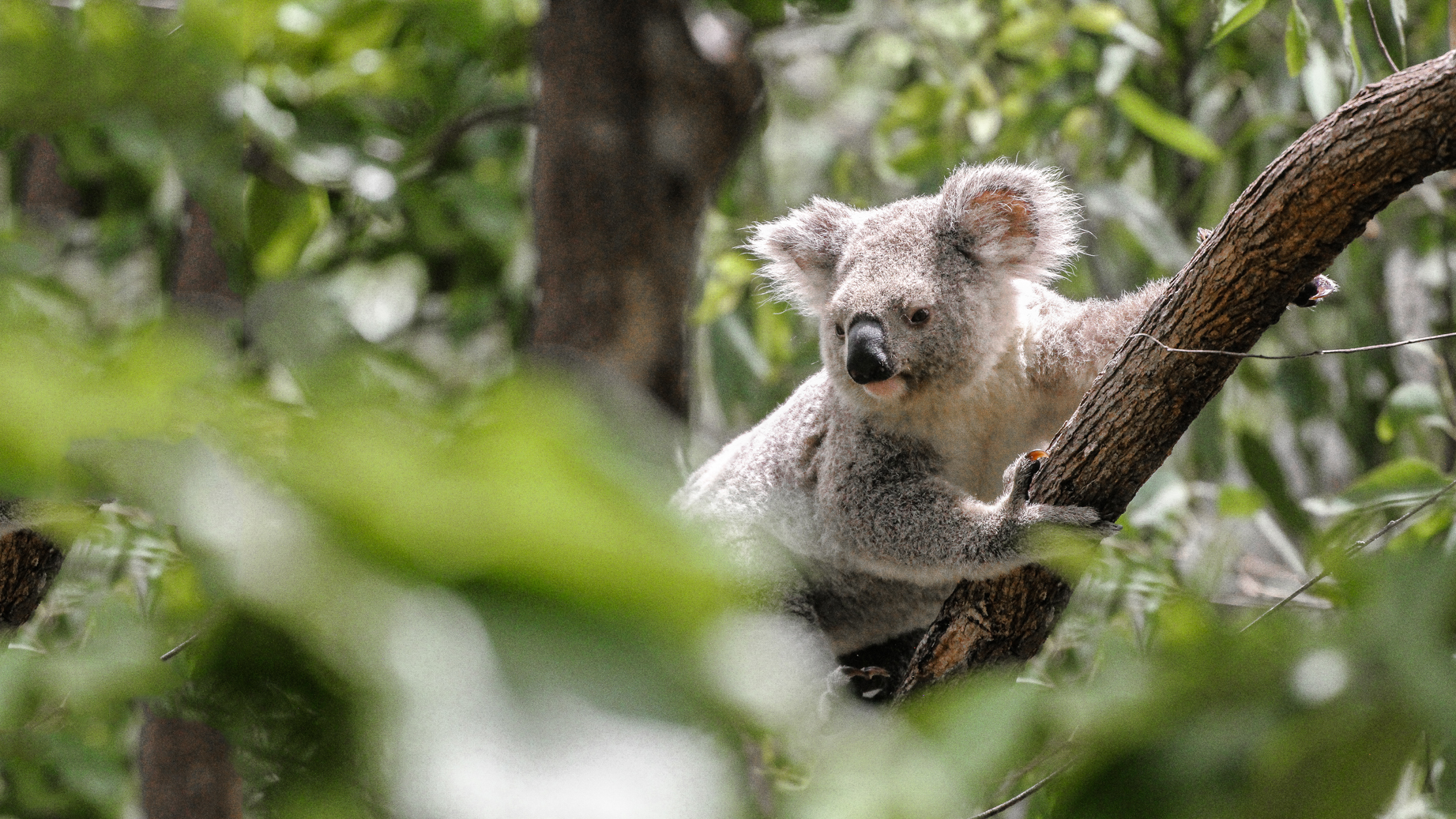Australia is home to four native species of flying-foxes (grey-headed, black, little red and spectacled), all of which play vital roles in pollination and seed dispersal. Sadly, flying-fox populations are in rapid decline, with some species now listed as vulnerable or endangered. These magnificent creaturesare increasingly under threat due to climate change, habitat...
Last month, Tasmanian white gum wet forests, which are found in the river valleys of northern, eastern, and southern Tasmania, were recognised as Critically Endangered and listed as a Threatened Ecological Community (TEC) under federal environment legislation. The white gum forests join several other listed ecological communities across Tasmania, including black gum forests and giant kelp marine forests. Acknowledging the serious decline of ecological communities with a TEC listing provides these communities—and the animals that live within them—legal protection against further decline and a chance at recovery.
Humane Society International nominated the white gum forest, which is home to native species such as eastern and spotted-tail quolls, Tasmanian devils, azure kingfishers, Tasmanian wedge-tailed eagles, forty spotted pardalotes, and several species of threatened burrowing crayfish, back in 2016. Sadly, Tasmanian white gum forest has declined in extent by at least 90-95% since colonisation, with only around 6,500 ha remaining. The forests continue to be threatened by climate change, loss of old-growth and fragmentation.
While it is unfortunate that this ecological community has declined so much that it requires listing, legal recognition of the white gum ecological community of Tasmania as Critically Endangered can bring with it a raft of legal protections that will hopefully begin to foster recovery. Furthermore, greater protections for ecological communities means greater protection for the native species that live within them, making such listings a powerful tool for protecting a host of Tasmania’s biodiversity in one fell swoop. Regrettably, the Minister has decided not to require a recovery plan for these forests—which is an increasing and concerning trend with a cash strapped environment department.
Other Tasmanian ecological communities, such as forests dominated by black gum or Brookers gum, Eucalyptus ovata – Callitris oblonga Forest, Giant Kelp Marine Forests, and Lowland Temperate Grasslands of Tasmania, have also been nominated by Humane Society International and subsequently listed for further protections under the Environment Protection and Biodiversity Conservation Act 1999.
Evan Quartermain, Head of Programs for Humane Society International, said, “The umbrella benefits offered to a number of threatened species mean TECs should be a priority for conservation and recovery planning. Achieving a listing can feel like a double-edged sword. It is unfortunate that so many ecological communities need to be listed in the first place, but listing is a significant first step toward recovery.”
Humane Society International is now responsible for 38 of 92 national TEC listings, with several more currently under assessment or awaiting a decision from the Minister.


